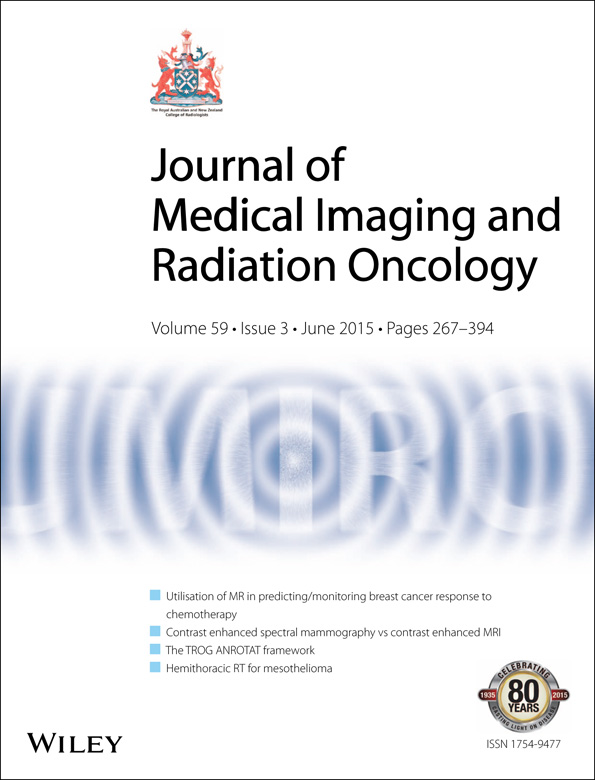Longitudinal study of acute haematologic toxicity in cervical cancer patients treated with chemoradiotherapy
Abstract
Introduction
Acute hematologic toxicity (HT) limits optimal delivery of concurrent chemoradiotherapy (CRT) for patients with pelvic malignancies. We tested the hypothesis that pelvic bone marrow (PBM) dose-volume metrics were associated with weekly reductions in peripheral blood cell counts in cervical cancer patients undergoing CRT.
Methods
We included 102 cervical cancer patients treated with concurrent cisplatin (40 mg/m2/week) and pelvic radiotherapy treated at three US centres. No patient received granulocyte-monocyte colony stimulating factor (GM-CSF) or platelet transfusions. Using linear-mixed effects modelling, we analysed weekly reductions in log-transformed peripheral blood cell counts as a function of time (weeks), mean PBM dose and the PBM volume receiving ≥10 Gy (V10), 20 Gy (V20), 30 Gy (V30) and 40 Gy (V40).
Results
Increases in mean PBM radiation dose, V20, V30 and V40 were all significantly associated with a greater weekly reduction in white blood cell (WBC) and absolute neutrophil counts (ANCs). We estimated that with every 1 Gy increase in mean PBM dose, ln(ANC) was reduced by 9.6/μL per week (95% confidence interval, 1.9–17.3, P = 0.015). Subregion analysis also identified significant associations between weekly reductions in ln(WBC) and ln(ANC) within lumbosacral spine, ischium and proximal femora, as opposed to ilium.
Conclusions
PBM radiation dose-volume metrics are significantly associated with weekly reductions in peripheral blood cell counts in cervical cancer patients undergoing CRT, particularly within the lower pelvis and lumbosacral spine.




